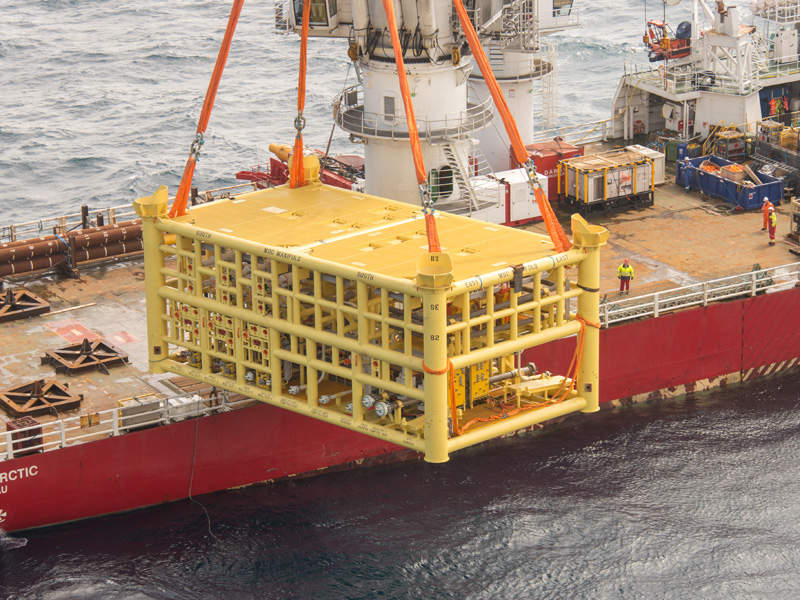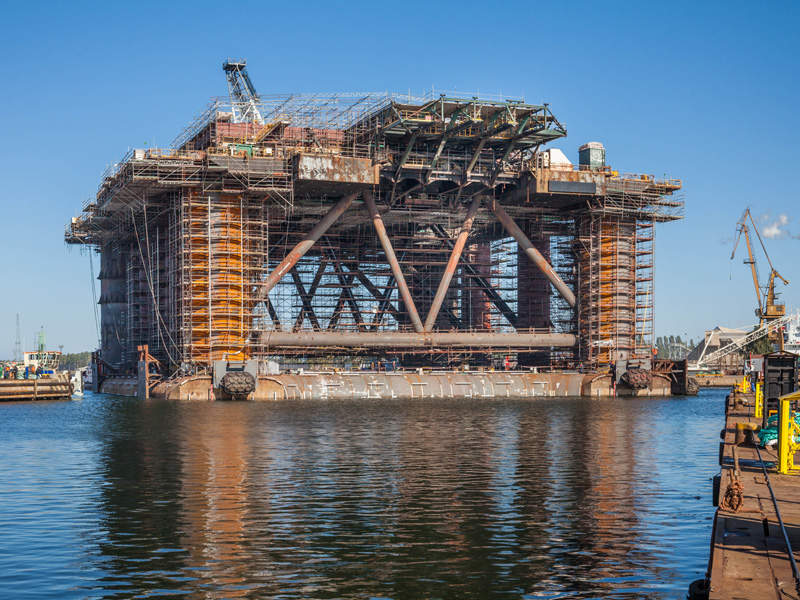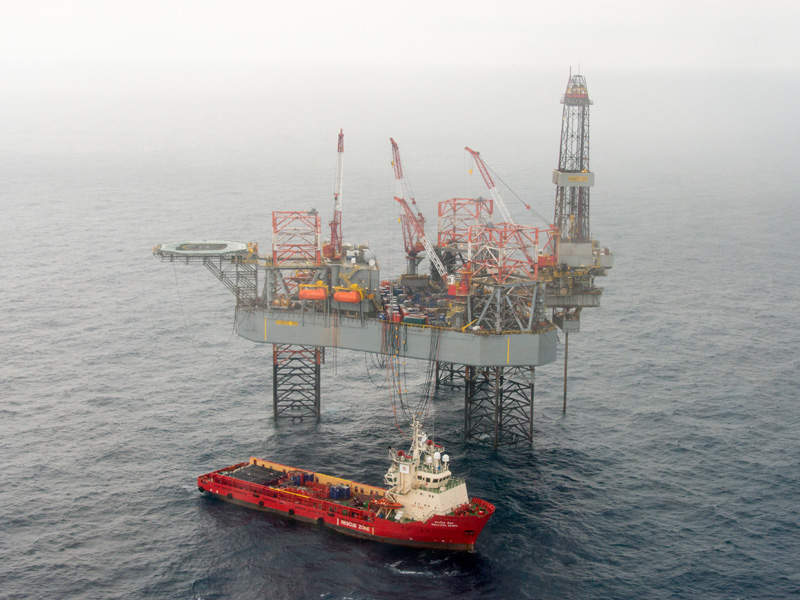Greater Stella Area fields development
The joint development plan for the Greater Stella Area fields was approved by the UK Department of Energy and Climate Change in April 2012. The plan is for the Stella and Harrier fields, which will be developed by drilling subsea wells tied back to a floating production unit.
The development is focused on drilling five wells on Stella and two on Harrier field and tying them back to FPF-1. The hydrocarbons from the area will be transported for processing to Teesside Gas Processing Plant by a 404km-long, 36in diameter central area transmission system pipeline.
Initial production from the area will be from four Stella wells while remaining wells on Stella and Harrier will be drilled in the future along with development on Hurricane.
The development plan includes connecting the Stella main and northern drill centres to the FPF-1 via manifolds, subsea structures, flexible pipelines and spool pieces. The drill centres will be connected to the FPF-1 by umbilicals, while flexible risers will be installed for linking Stella main manifold to the floating unit. A mooring system will also be installed for the floating unit along with a five-slot mid-water arch.
Discovery and reservoirs details
The Stella field was discovered in 1979 by drilling well 30/6-2, which resulted in gas condensate discovery in the Paleocene Andrew sand. The well also encountered oil in the Ekofisk chalk reservoir. A total of seven wells or sidetracks have been drilled in the reservoir since its discovery.
Maersk discovered Harrier in 2003 when it encountered hydrocarbons by drilling exploration well 30/6-4. Three sidetracks, namely 30/6-4z, 30/6-4y and 30/6-4x, were subsequently drilled to appraise, core and test the structure. Hurricane was discovered in 1995 by Shell when it drilled the well 29/10b-4z in the Eocene Rogaland formation.
The Stella reservoir consists of the Stella Andrew sandstone reservoir, which holds light oil and rich gas condensate, while the Stella Ekofisk reservoir holds volatile oil. Harrier Ekofisk and Harrier Tor chalk reservoirs make up the Harrier field and contain gas condensate.
FPF-1 details
FPF-1 is a floating production facility that is being modified by Petrofac in the Remotowa shipyard in Poland, after serving for 30 years in the North Sea.
FPF-1 will process the fluids from the fields in the Greater Stella area and will be located approximately 1.8km south-east of the Stella main drill centre. The Stella field will be secured to the vessel via subsea manifolds, while the Harrier field will be tied back to Stellla manifold and then to FPF-1.
The Hurricane field will be connected to the production facility directly. Oil from the facility will be transported to the Forties system, whereas the CATS system will receive the gas from FPF-1.
The scheduled arrival of the vessel at the project location has been delayed by six to 12 weeks, due to certain marine system re-work.
Contractors involved with the Greater Stella Area Project
Technip was awarded an engineering, procurement, installation and construction (EPIC) contract in 2012 for the subsea operations of the project. Vallourec was subcontracted by Technip to provide seamless linepipe services including coating and welding services.
Ensco Offshore UK was contracted in 2011 to provide its Ensco 100 heavy-duty jack-up drilling rig, while Applied Drilling Technology International was selected for development drilling and completion operations.
The modification of the FPF-1 vessel was awarded to Petrofac in 2011, while Remontowa shipyard in Gdansk, Poland, was selected by Petrofac to perform the modification.
Project management services for the subsea and pipeline infrastructure are being provided by EPC Offshore. Penspen Group was selected to work on the detailed design services for the subsea and tie-in infrastructures.










